At its essence, gamification in learning involves the strategic integration of game elements and mechanics into educational pursuits, with the aim of promoting engagement, motivation, and enhanced learning outcomes.
By imbuing the learning experience with the excitement and sense of accomplishment associated with games, gamification has the potential to transform the way we approach education. Elements such as badges, leaderboards, and rewards tap into the innate human desire for achievement and progress, compelling students to devote their energies to the mastery of new skills and concepts.
Due to its increasingly recognized benefits, gamification is expected to grow by an average of 28% every year between now and 2030.
Let’s dive into 10 case studies that explore the positive impact of gamification on student engagement, motivation, and learning performance.
1. 89% increase in student performance via challenge-based, gamified learning
A study was conducted among 365 students at the School of Electrical and Computer Engineering of the National Technical University of Athens, Greece.
The experiment involved a web-based gamified application called Horses for Courses aimed to improve the learning outcomes of students in statistics.
It was found that challenge-based gamification can improve student performance by 89.45% compared to lecture-based education.
The overall performance of the students increased by 34.75%.
2. Gamification led to a 65% increase in user engagement
Online Travel Training (OTT) launched a new website where members were encouraged to undertake particular training activities and earn virtual badges for completing 5 European training courses.
The platform conducted a review of its website users and found an average increase of 65% in user engagement and a 300% uplift in online activity for some users after implementing gamification.
3. Gamification boosts memory and recall by 40%
A study by the Federation of American Scientists found that students recalled 20% of what they heard. When visuals accompanied an oral lecture, the number rose to 30%.
If someone took an action along with the explanation, the number rose to 50%. But if the students perform the job themselves with the use of gamification, they can retain 90% of what they learned.
4. 68% of students feel more motivated and engaged when using gamified learning
A survey was conducted among 124 students to measure their behavior and perception of a gamified course, as it related to their motivation and engagement levels.
It was found that 67.7% of students felt that the gamified course was more motivating than a traditional course.
5. 300% higher homework completion rate when using a gamified course with levels, badges, and a feedback system
A study was conducted to test the validation of a gamified platform using badges, titles, leaderboards, etc., to support students.
The 2014-2017 study, conducted on three generations of students in two different computer science undergraduate courses, revealed that the gamified group had an attendance of 86.25% against 61% of the control group. The homework completion rate for the gamified lot was 56.25% compared to 18.5% of the control group.
6. The use of gamification in training led to a 44% increase in motivation
Compared to non-gamified training, gamification appears to enhance learning motivation and reduce boredom and unproductiveness.
A majority of individuals who receive non-gamified training scored low in motivation (28%), found the training boring (49%), and unproductive (12%). However, when gamification elements are included in training, 83% of individuals reported feeling motivated, while only 13% reported feeling bored or unproductive.
7. Learners using gamified tutorials completed tasks 57.5% faster than the control group
A study compared a gamified tutorial system with a non-gamified one. The findings revealed that students felt highly engaged, completed tasks faster, and did more tasks after using the tutorial with gamified components.
The student survey revealed that they were able to complete 10% more testing tasks and completed the tasks an average of 57.5% faster than the control group, which used a non-gamified tutorial.
8. Gamification improved students’ understanding of the curriculum by 75.5% and 89% wanted gamification for other subjects
A study included 260 management students who were surveyed and asked about their views on their experiences with gamification solutions at the end of the semester.
The students gave positive feedback and said that the classes were interesting and they liked attending them. 85% of students liked that they could be creative, 75.5% felt they better understood the curriculum, and 89% wanted a similar opportunity for other subjects.
9. 73% of children with ADHD reported a lasting improvement in attention after regularly playing the game EndeavorRx
The US Food and Drug Administration (FDA) used EndeavorRx, the first prescription video game, to treat children with Attention Deficit Hyperactivity Disorder (ADHD). The method was tested on 600 children for over 7 years.
73% of children reported an improvement in their attention after eight weeks of use with a 25-minute play session five times a week for four weeks. This was the first time a video game was used as a part of digital therapy by the FDA.
10. 95% of medical students felt engaged during gamified learning and 74% agreed it was better than traditional lectures
A study was conducted to create a gamified review of core obstetric and gynecology topics which were educational and useful for residents.
In this study, 36 residents were divided into small groups led by a faculty facilitator. Each group was divided into two teams of three or four members who were asked to complete certain tasks and an online survey. Most of the residents enjoyed the activity.
95% of the medical learners agreed they were engaged during the gamified session. 74% agreed that the activity was better than traditional lectures.
This is a stark contrast to the 46% of students who reported feeling engaged at school in 2021.
Will the gamification revolution take over online learning?
Today, the digital generation is finding game-based learning familiar and more conducive to learning than traditional methods like lectures, passive videos, and textbooks.
The studies above show that students using gamification achieve better recall rates, faster task completion, and improved engagement compared with traditional learning formats.
It has become clear that gamification will be a key driver of next-generation learning systems, and educators have an incredible opportunity to implement game-based learning to improve student outcomes and enjoyment of learning.
Axon Park is focused on pushing these limits to make gamified learning even more fun, social, easy to create, and accessible across a wide range of platforms.



